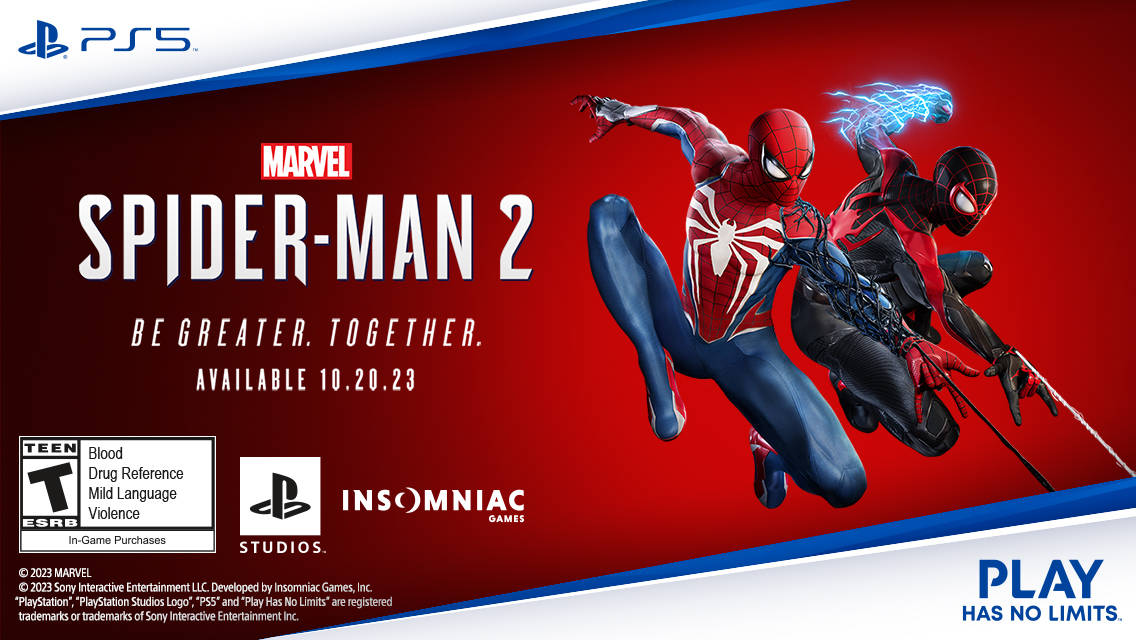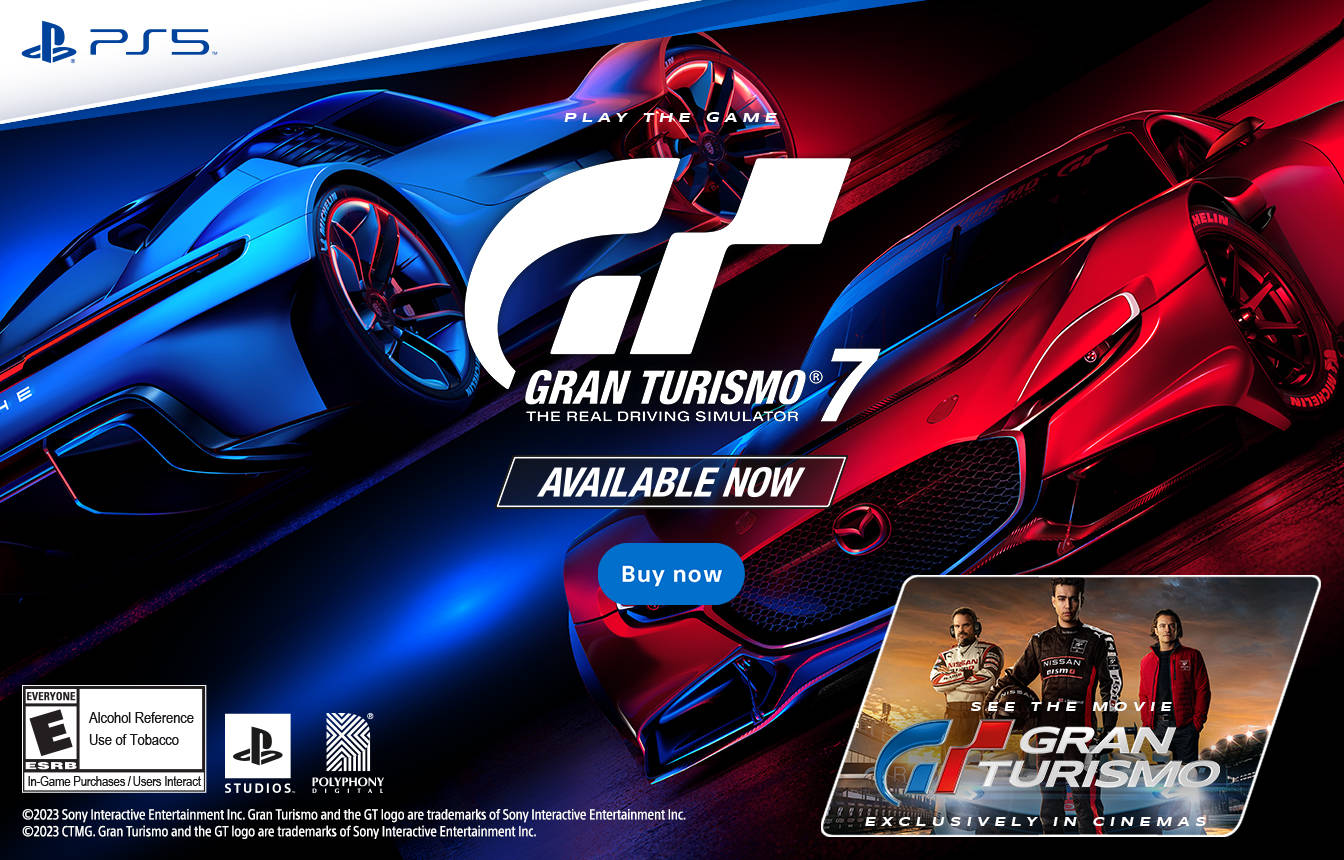If it hadn’t have been for Dark Souls coming along, the first Corpse Party would have been my game of the year for 2011. The weird little PSP horror title originally crafted with an RPG Maker captured my attention—not to mention my heart—with its rich character development, compelling story, freakishly disturbing audio, and utterly gruesome tale of pain and suffering.
Its sequel Corpse Party: Book of Shadows, however, was another story. The game switched from being a mix of exploration and narrative to a text-heavy visual novel, and while I usually dig that niche Japanese genre, the weird blending of prequel, sequel, and “what if” scenarios made the whole thing something of a chaotic mess. When I saw that Corpse Party: Blood Drive—the final chapter of the first saga before we move on to Corpse Party 2 proper—was looking more like the original game in design, it was hard to contain my excitement.
Indeed, Corpse Party: Blood Drive feels like a return to the experience that made this series a cult classic in the first place. More traditional gameplay returns as you navigate the story’s characters around a world filled with traps, secrets, and wandering spirits looking for revenge against the living. This time around, though, the old 16-bit-esque graphics have been replaced with a 3D world build upon the Unity engine. For any other game out there, Blood Drive’s visuals would seem extremely outdated and quaint; for the Corpse Party series, this is a pretty huge step, bringing more dimension—pun both intentional and not—to the horrific halls over Heavenly Host elementary school.
Developer Team GrisGris did a great job of making the technological jump while still keeping true to the style of the original. Environments offer more detail—both of the normal and grotesque kind—but never look too realistic or out of place. Meanwhile, the characters are cute and almost always have a smile on their faces, adding an extra layer of creepiness when they’re witnessing horrors or get threatened themselves.
Unfortunately, the team’s understanding of Unity itself wasn’t nearly as good. For a game that’s so simple in design, Blood Drive chugs too much of the time, with framerate being lower than it should and load times lasting far longer than they have any right to. Neither breaks the adventure, but this inability to optimize the game gives people another reason to potentially write off Team GrisGris’ efforts. While it, too, was never technically impressive, Corpse Party was renowned for its amazing audio, which did far more to make the game unnerving and emotionally oppressive than the visuals could ever have done. Blood Drive has some equally stellar audio at times—but those times are surprisingly scarce given how important sound has been for the series.
When not hunting down items or trying to figure out where to go next, Blood Drive will pull you deep into a story that’s bigger and far more complex than the original Corpse Party. Building off the resolutions of both that game and Book of Shadows, the survivors of the events at Heavenly Host are trying—but failing—to move on with their lives after the horrors they lived through and the friends they lost. Things are made worse when they find out that the evil alternate dimension, and its sadistic host Sachiko, may not have been destroyed after all. One by one, the remaining friends—along with a handful of new characters—make the jump back to the world of Heavenly Host, in pursuit of tying up loose ends, trying to save loved ones, searching for answers to why that dark place still exists, or their own selfish gains. This time around, however, the danger isn’t just in what could happen to the students within the walls of that school—but what evil could leak out into the real world itself.
As Blood Drive kicked off, what lied in wait seemed pretty promising. I had some mixed emotions about playing a second sequel to a horror game that never really even needed a first one, but it was nice to see these characters that I’d grown so fond of again. And, after being disappointed in Book of Shadows, I was legitimately excited to play something that might live up to all of the wonderful memories I had of the first game again.
It wasn’t long, however, until the cracks in Blood Drive’s decaying walls began to show. The original game was so engrossing due to how developed its characters were, how emotional their struggles for survival became, and how grounded they all felt beyond the anime stereotypes they first seemed like they might fill. Even though it was a tale of going to a corrupted recreation of a grade school where unspeakable horrors played out, the first Corpse Partystill felt well-balanced and focused. In contrast, Blood Drivevery quickly starts bringing in new cast members that look like they’re straight out of a teen-focused anime, and the twists and turns the game throws at the player seem more dedicated to being epic than they do emotional. Once you reach its halfway point, Blood Drive is already heading off the rails; by the time it ends, the train is at the bottom of a ravine on fire with a rockslide crashing down upon it.
To make things worse, that feeling of needing to turn thing up to 11 bleeds into the gameplay as well, and it’s one kind of blood that isn’t welcome in this tale of terror. While Corpse Party required players to escape from wandering spirits at times else they get one of the game’s many “Wrong Ends,” Blood Drive jumps on that gameplay idea early on and then never lets up. In simple terms, it isn’t fun. Running away from foes in horror games is an idea that can be hard to get right, as the difference between “scary” and “annoying” is an easy line to cross. When you’re trying to escape from a ghost and using the provided hiding spaces doesn’t work a majority of the time, it’s frustrating; when fleeing is complicated by having a harsh fatigue system, traps everywhere on the floor, limited flashlight batteries, and enemies that not only don’t give up when you move between sections of the schools, but will even often still be there at times after cutscenes, it’s madness. This is a complaint I bring up over and over when it comes to horror projects—knowing the difference between scaring the player and pissing them off—and I’m amazed at how often developers still get that wrong.
Beyond story, beyond gameplay, the most important factor the original Corpse Party had was the connection it created between player and character—and this is the worst of Blood Drive’s failings. In the first game, there were so many things that happened that existed just to reveal more about the people we were living through these horrors with. We got to feel the fear of a brother who was desperately trying to keep his younger sister safe; share in the growing emotions between a guy and a girl who never would have seemed like a match; and suffer through the heartbreak as the touching friendship shared by two schoolgirls is torn apart by the world they’re trapped in. Corpse Party allowed the game’s momentum—and threats—to come to a gentle stop whenever needed in order to let us experience those kinds of moments. Here, in Blood Drive, too much of what happens feels like it’s trying to continually push us on to the next big plot point or reveal, giving us less time to breath and connect with the characters—even in an overall runtime that’s almost twice its predecessor.
With all of that said, you’d think I’d be ready to write off Blood Drive completely—but I’m not. Yes, it screws up in numerous ways, and it feels like a victim of its success that has trouble recollecting what made it famous in the first place. Sometimes, though, it does remember. Sometimes, that old Corpse Party shines through, and in those moments, I was thankful that Blood Drive exists. Even though the story is crazy, it’s also interesting at times. The new characters don’t always gel with the old cast, but they still have their compelling aspects. Running from ghosts is a pain, but when all is quiet, Heavenly Host remains a joy to explore.
And while I stand by my complaints about Blood Drive’s emotional depth, when it does show up, you’re right back on that rollercoaster, going up and down between hope and despair and loving every minute of it. At one point, I was getting more than a little exasperated by how the game was going—and then something happened that had tears falling from my eyes. In that moment, I was reminded of just how powerful even the simplest of visuals, technology, and dialog boxes can be in the right hands, and how rarely I get to feel such waves of emotions in so many other releases.
Times like those are why, despite all of its faults, I’d still recommend Corpse Party: Blood Drive on some level. This isn’t the game that I wanted, either in terms of what I thought I wanted before I started playing, or what I actually wanted as I reached its conclusion. I could write another 1500 words on what Team GrisGris could (and should) have done here, and I’m frustrated that they wasted the final chapter of their first horror series with the direction they decided to go in. Still, for Corpse Party fans, I think there’s enough good to experience here to make putting up with the bad worth it, and I don’t at all regret the time I spent with the game.
More casual or inexperienced fans, however, should probably stay away. Blood Drive’s level of annoyance and ridiculousness will be hard to survive by all but the bravest souls—and you absolutely, positively should not play this game if you haven’t at least fully cleared the original Corpse Party. You will miss many of Blood Drive’s better elements if you don’t have that familiarity, and really—if I’m talking you into playing any of the Corpse Party games, it had better be the first (and best) one.
|
★★★☆☆
As a farewell to the characters and settings of the original Corpse Party, Corpse Party: Blood Drive is a flawed, frustrating adventure that strays too far from what made its predecessor so beloved. And yet, at times, it still shows signs of brilliance—enough that at least hardcore fans of the franchise can find joy amongst the relentless torture. |
Developer Team GrisGris, MAGES, 5pb. Publisher XSEED Games ESRB M - Mature Release Date 10.12.2015 |
| Corpse Party: Blood Drive is available on PlayStation Vita. Primary version played was for PlayStation Vita. Product was provided by XSEED Games for the benefit of this coverage. EGM reviews on a scale of one to five stars. | |

Mollie got her start in games media via the crazy world of gaming fanzines, and now works at EGM with the goal of covering all of the weird Japanese and niche releases that nobody else on staff cares about. She’s active in the gaming community on a personal level, and an outspoken voice on topics such as equality in gaming, consumer rights, and good UI. Check her out on Twitter and Mastodon.





